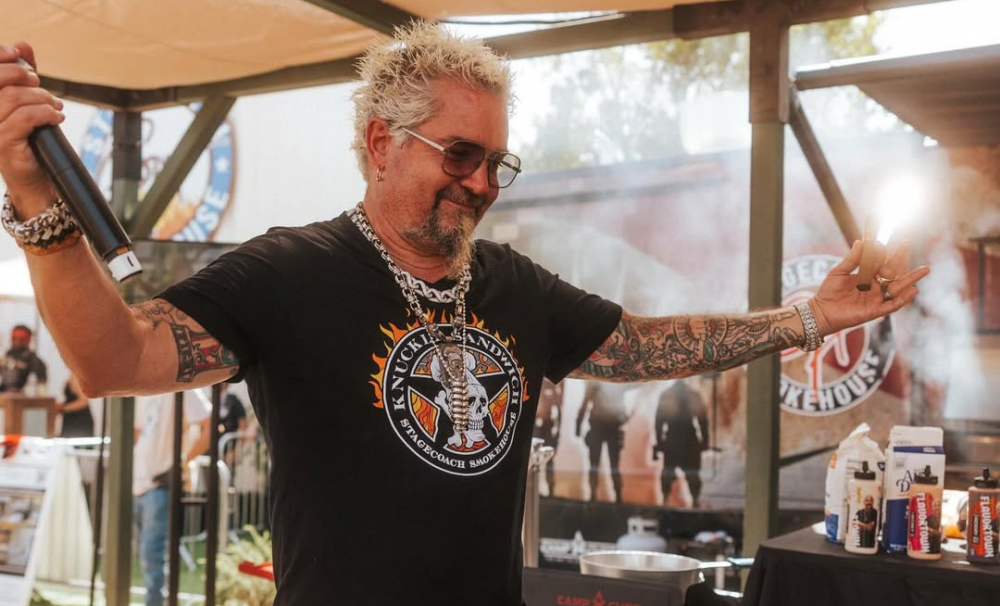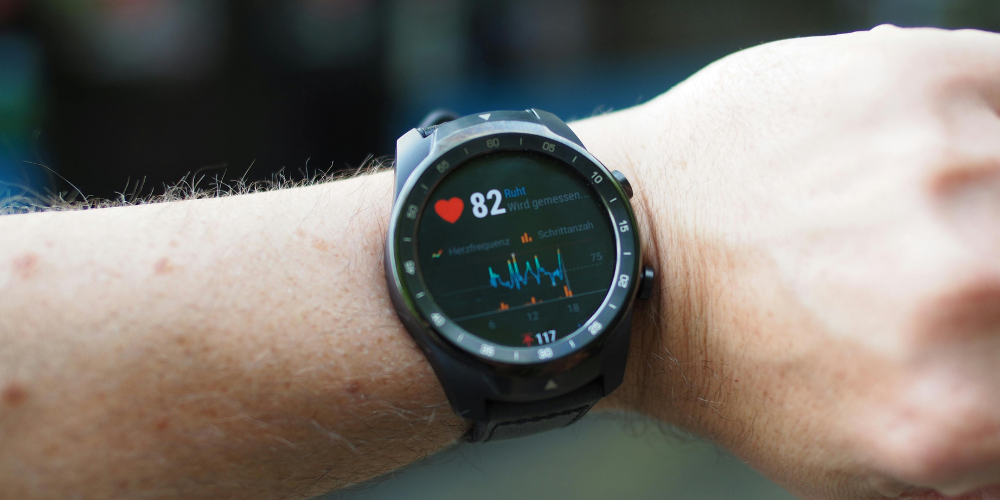Ina Garten, the queen of effortless entertaining and culinary wisdom, has once again graced us with a kitchen revelation. This time, it's not about her signature store-bought puff pastry or her unwavering love for good olive oil. It's about something even more fundamental: juicy, flavorful chicken.
In a recent Instagram post that sent shockwaves through the home cook community, Garten declared, "I slightly undercook my chicken." Gasp! Did the Barefoot Contessa just endorse a potentially dangerous practice? Fear not, fellow food enthusiasts, because there's more to the story than meets the eye.
The Science Behind the Slight Undercook
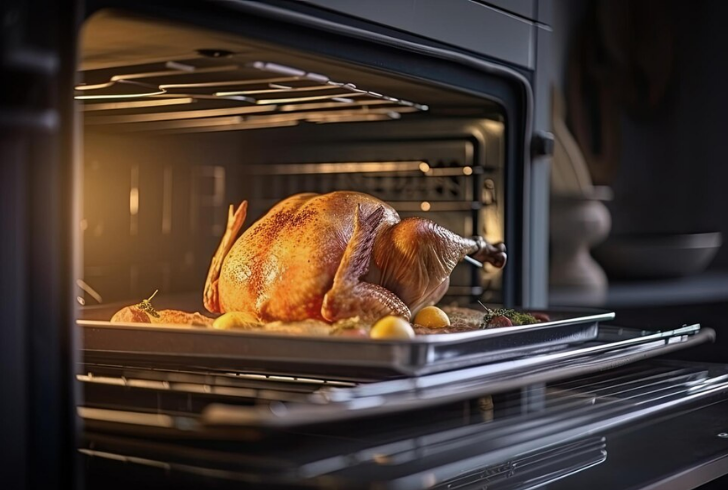
Freepik | chandlervid85 | Cook the chicken slightly below the recommended 165°F (74°C) in the oven.
Garten's seemingly radical advice is actually rooted in a well-established culinary technique called carryover cooking. This method capitalizes on the residual heat of the meat to continue the cooking process even after it's removed from the heat source.
Think of it like a built-in buffer zone. By taking the chicken out of the oven a few degrees shy of the recommended 165°F (74°C), you allow the internal temperature to safely reach that mark while it rests under a sheet of foil. This ingenious trick ensures perfectly cooked, incredibly moist chicken, a far cry from the dry, rubbery disappointment that often plagues even the most seasoned home cooks.
Why This Method Works Wonders
While the idea of undercooking chicken might raise eyebrows, there's sound science behind it. As Cheryl Slocum, a James Beard Award-winning food writer, explains, "It's not a misguided notion... It's called residual cooking, and we always factor that in when we are cooking chicken, turkey, and other meat proteins."
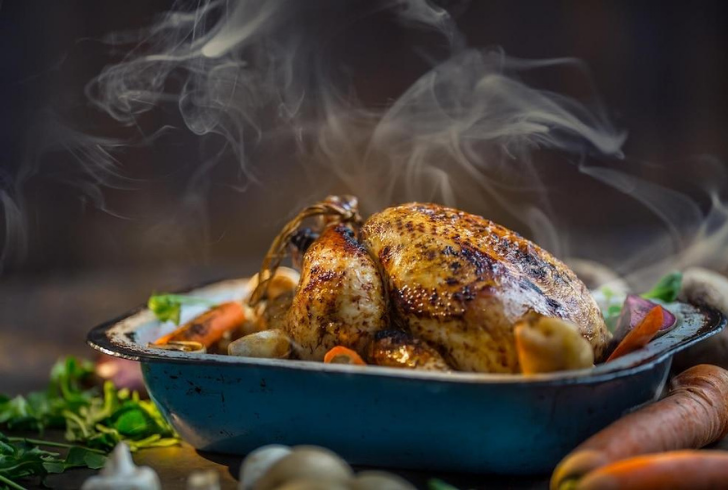
Freepik | davidwarnar | Meat temperature still rises post-heat removal.
Professional chefs routinely use carryover cooking to achieve optimal results. They understand that the internal temperature of meat continues to rise after it's removed from the heat. This applies to various cooking methods, including grilling, roasting, and even stovetop cooking.
Mastering the Art of the Undercook
So, how do you put this knowledge into practice and become a chicken-cooking pro? Here are some key takeaways from Garten's advice and Slocum's expertise:
- Embrace the Meat Thermometer: This is your new best friend. Invest in a reliable meat thermometer and use it religiously, especially when venturing into the realm of undercooking. Aim for an internal temperature of 155°F (68°C) to 160°F (71°C) before removing the chicken from the heat.
- Let it Rest: Patience is key! Resist the urge to slice into that succulent bird right away. Allow it to rest under tented foil for 10-15 minutes. This allows the juices to redistribute throughout the meat, resulting in unparalleled tenderness and flavor.
- Don't Overcover: While tenting with foil is crucial, avoid completely wrapping the chicken. This can trap steam and hinder the development of crispy skin - if that's your preference.
Bonus Tips for Chicken Perfection
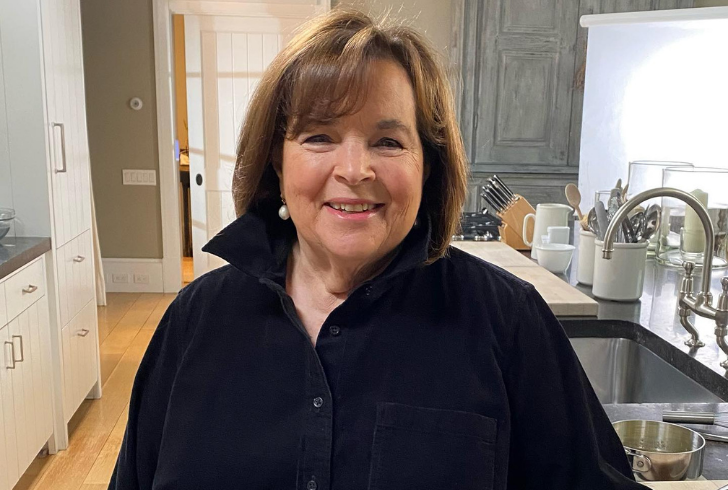
Instagram | inagarten | Garten's undercooking tip is groundbreaking, yet there's room for more knowledge.
While Garten's undercooking tip is a game-changer, there's always room for additional knowledge. Here are a few bonus pointers to elevate your chicken game:
- Pat it Dry: This might seem like a minor detail, but it makes a world of difference. Excess moisture on the chicken's surface inhibits browning and hinders the formation of crispy skin. Use paper towels to pat the chicken dry before seasoning and cooking.
- Season Generously: Don't be shy with the salt and pepper! Season the chicken generously on all sides at least 30 minutes before cooking. This allows the seasonings to penetrate the meat, resulting in a deeper flavor.
- Choose the Right Cooking Method: Not all methods are created equal. For juicy, flavorful chicken breasts, opt for pan-searing or poaching. Roasting is also a great option, but be mindful of cooking time to avoid drying out the meat.
By embracing these tips and techniques, you can transform your chicken dishes from ordinary to extraordinary. So, next time you're faced with raw chicken breast, channel your inner Ina Garten, grab your meat thermometer, and get ready to experience the magic of juicy, flavorful chicken every single time.






